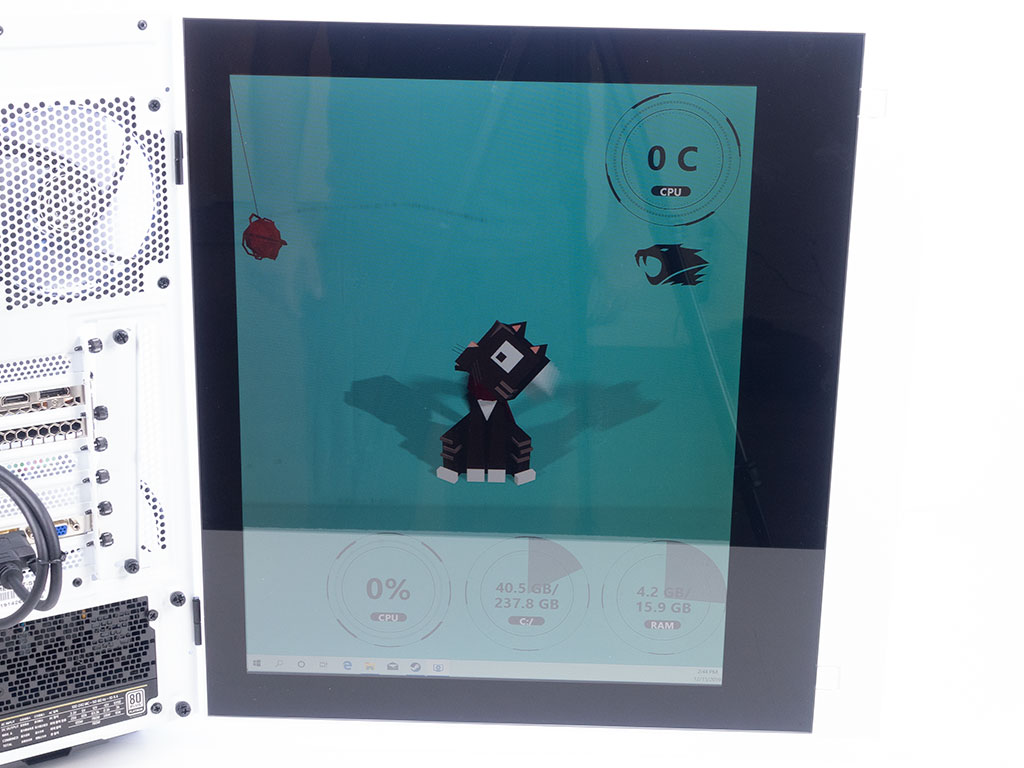- Joined
- Jul 8, 2005
- Messages
- 3,113 (0.43/day)
- Location
- Victoria, BC, Canada
| System Name | Corsair 2000D Silent Gaming Rig |
|---|---|
| Processor | Intel Core i5-14600K |
| Motherboard | ASUS ROG Strix Z790-i Gaming Wifi |
| Cooling | Corsair iCUE H150i Black |
| Memory | Corsair 64 GB 6000 MHz DDR5 |
| Video Card(s) | Gainward GeForce RTX 4080 Phoenix GS |
| Storage | TeamGroup 1TB NVMe SSD |
| Display(s) | Gigabyte 32" M32U |
| Case | Corsair 2000D |
| Power Supply | Corsair 850 W SFX |
| Mouse | Logitech MX |
| Keyboard | Sharkoon PureWriter TKL |
iBUYPOWER is getting into the case market, and the Snowblind is in the middle of a trio of enclosures featuring a see-through LCD screen. You are free to display all kinds of nifty information or cool animations and have the benefit of building your own system instead of buying a full system straight from iBUYPOWER.
Show full review
Show full review






